Missing teeth are no longer a problem! Dental implants offer the most advanced, durable, and natural-looking solution for restoring your smile. An implant, together with its crown, mimics a real tooth both aesthetically and functionally-helping you regain confidence, comfort, and a complete smile.
To book a visit, sign up for a consultation. To clarify the details, our operator will contact you.
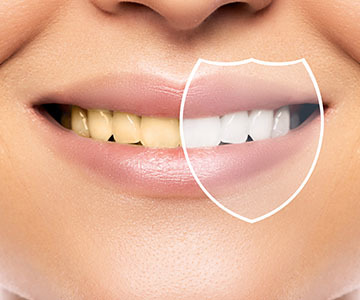
Oral Hygiene For Smokers
16 November 2023
According to the World Health Organization (WHO), 1.3 billion people use tobacco products today. Tobacco is a serious threat to the human body, regardless of the form in which it enters the body. It is most often found in the form of cigarettes and contains nicotine, which is addictive. Smoking has a negative effect on almost every organ in our body and increases the risk of various diseases.
How Does Tobacco Affect Oral Health?
For a charming smile and white shiny teeth, it is not enough to take care of the oral cavity and teeth at home, flossing and using antibacterial wipes. When smoking each cigarette, blowing tobacco smoke in the mouth and inhaling, the tooth enamel is significantly damaged - caries appear, the gums become irritated, and the teeth turn yellow, and often stomatitis develops. The most common reason for the development of stomatitis is mechanical damage to the mucous membrane (depending on external factors). At this time, bacteria that develop locally reach the oral cavity. Stomatitis mostly spreads in the form of painful erosions and ulcers. Tobacco also has a negative effect on the gums. Conducted studies have shown that nicotine narrows the blood vessels feeding the gums and tooth tissues, that is, the microcirculation (blood circulation) in the oral cavity is disturbed, the gum tissue thickens and the risk of premature decay or even loss of teeth increases. Tobacco use also interferes with the proper development of the post-implantation healing process. Nicotine in any form, whether it is contained in a cigarette or released from a nicotine patch, inhibits blood circulation. Accordingly, the oxygen supply and nutrition of the soft and hard tissues of the oral cavity, including the bone and gum around the implant, is reduced, which naturally affects the process of healing and integration of the implant with the bone. Cigarette smoke also damages the salivary ducts and prevents their normal functioning. All this leads to a decrease in the secretion of saliva and dryness of the oral cavity. The dryness of the mucous membrane reduces its protective antibacterial function and, accordingly, an environment favorable for the multiplication of bacteria is created in the oral cavity.
How To Maintain Hygiene And Stop Using Tobacco Products?
How To Maintain Hygiene
Oral hygiene is especially important for tobacco users because smokers are at high risk of halitosis (bad breath). The professionals of our clinic recommend:
- Use a toothbrush, toothpaste and mouthwash suitable for your oral cavity.
- Using an oral irrigator is also very effective.
- Most importantly, schedule a visit to the dentist at least once every 6 months and have your mouth professionally cleaned.
Tips To Help You Quit Smoking
"Blits Dental - Kakhaber Kharebava Clinic" also presents tips developed by the American Cancer Society ACS to help you quit smoking and get back a white, healthy and charming smile:
- Think often about the reasons why you want to quit;
- Choose a stress-free time to quit smoking;
- Start doing exercises or activities every day to reduce stress and improve health;
- Get plenty of rest and eat balanced, vitamin-rich food;
- Participate in a smoking cessation program or other support group.
When Should We Consult A Doctor?
It is already well known to the general public that tobacco use is the main risk factor for oral cavity and many other cancers. "Blits Dental - Kakhaber Kharebava Dental Clinic" recommends that you pay special attention to your oral health and immediately consult a doctor if you experience the following symptoms.
- Swelling or thickening of the skin in the lining of the oral cavity;
- A white or reddish spot in the inner part of the mouth;
- Crooked teeth;
- Limitation of making a prosthesis;
- Tongue pain;
- Lower jaw pain and burning;
- Painful or difficult chewing and/or swallowing;
- Sensation that there is something in the throat.
Early diagnosis is crucial. For this purpose, it is necessary to periodically inspect all areas of the oral cavity by a dentist and, in case of tissue changes, conduct a biopsy.
During pregnancy, hormonal changes can cause gum inflammation, bleeding, enamel erosion, and an increased risk of cavities. That’s why visiting the dentist during pregnancy is especially important.
Gnathology is one of the leading branches of 21st-century dentistry. It forms the foundation for any complex dental treatment planning
Tooth loss (edentulism) affects not only the appearance of your smile but also the overall functional health of your oral cavity
Dental veneers can be made from various materials, but ceramic (porcelain) veneers are the most widely used.
Modern aesthetic and functional dentistry is continually evolving, striving to identify restorative materials that combine exceptional strength
The eruption of baby teeth is one of the most important stages in a child’s early development.
Modern dentistry increasingly emphasizes the importance of orthodontic care.
Oral health care begins long before the first permanent tooth erupts.
A smile is one of the key elements of a person’s visual identity. It conveys confidence and positivity. However, the beauty of a smile is not only an aesthetic factor—it is directly connected to oral health.
Orthodontic treatment has long gone beyond the limits of traditional metal braces.
Dental implantation is the best method for restoring missing teeth. However, for the procedure to be successful, the jawbone must have sufficient volume and density.
Dental implantation is one of the most effective and safest surgical procedures in modern dentistry for restoring missing teeth.
Initial endodontic (root canal) treatment is usually successful and helps preserve the natural tooth.
Root canal treatment, also known as endodontic therapy, is one of the most frequently discussed yet often misunderstood dental procedures.
Tooth decay is one of the most common dental conditions, involving damage to the hard tissues of the teeth
Modern dentistry is constantly evolving, offering improved methods for solving complex issues.
Today, there are numerous teeth whitening options—both at home and professionally done.
Modern dental clinics are equipped with special equipment that ensures the safe use of anesthesia.
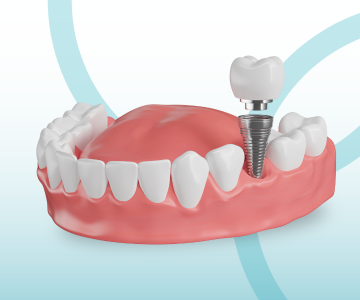
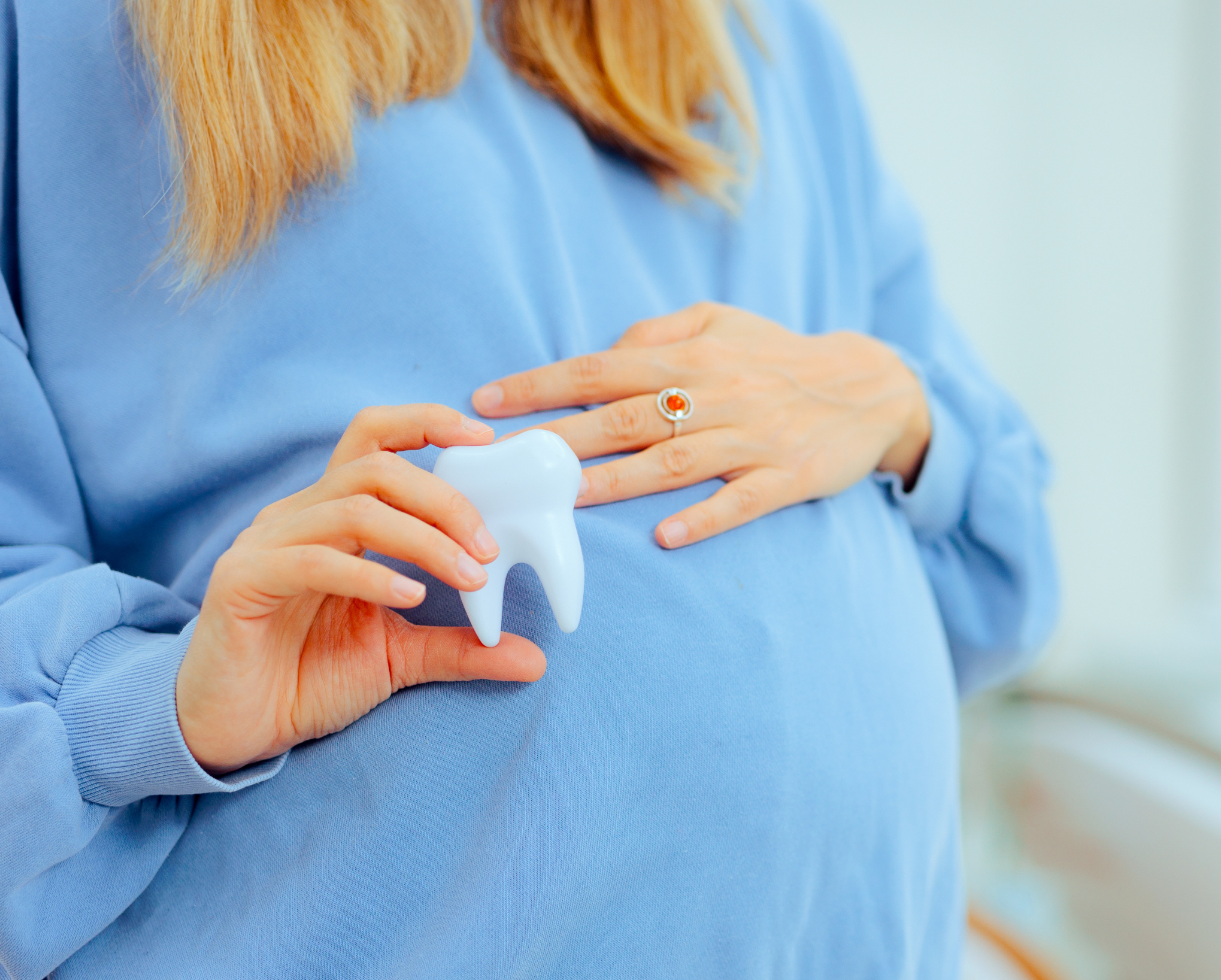
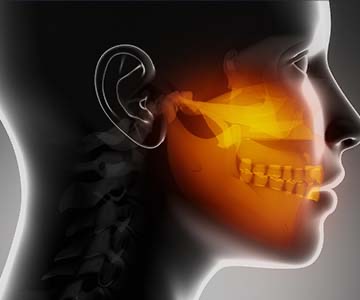
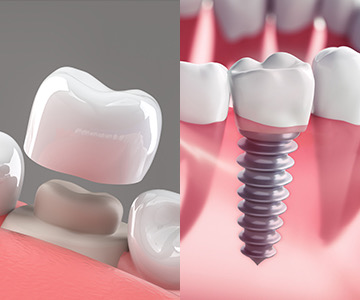
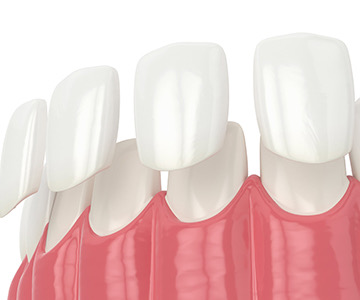
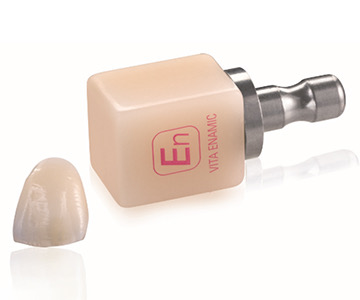

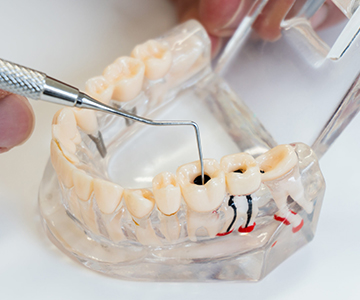
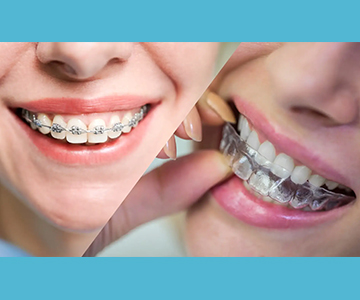
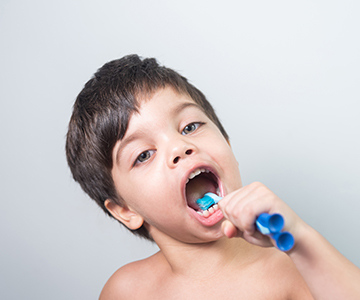
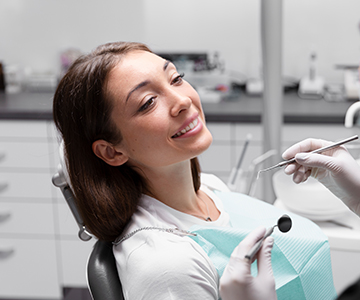
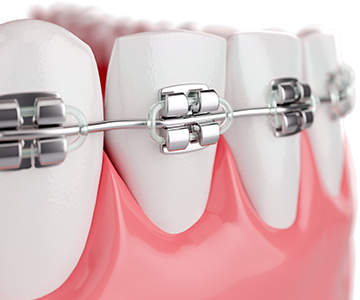
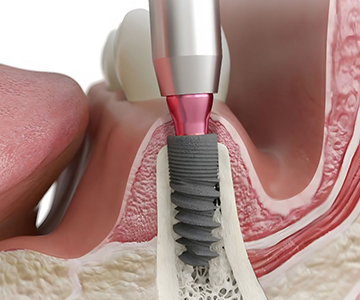
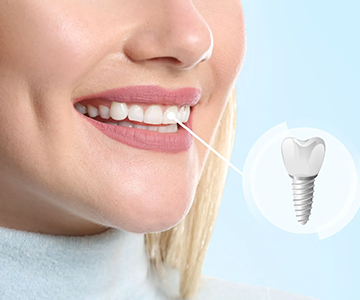
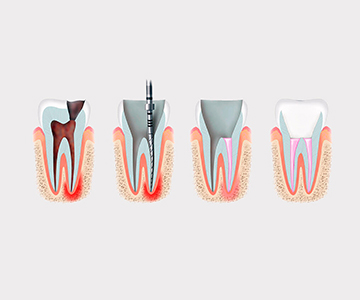
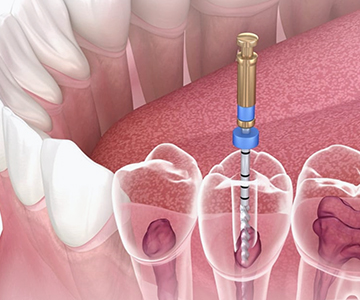
.jpeg)
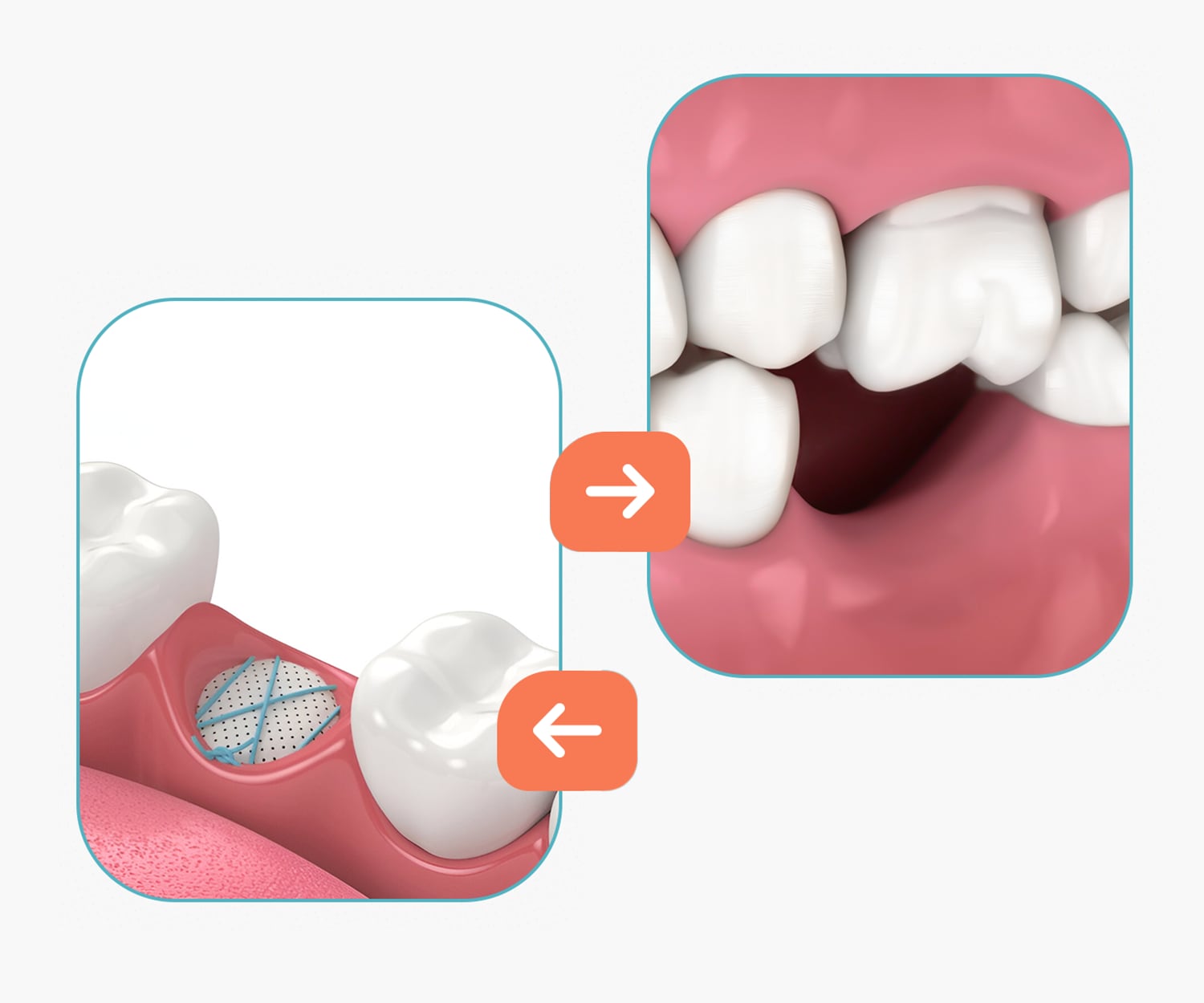
.jpeg)
